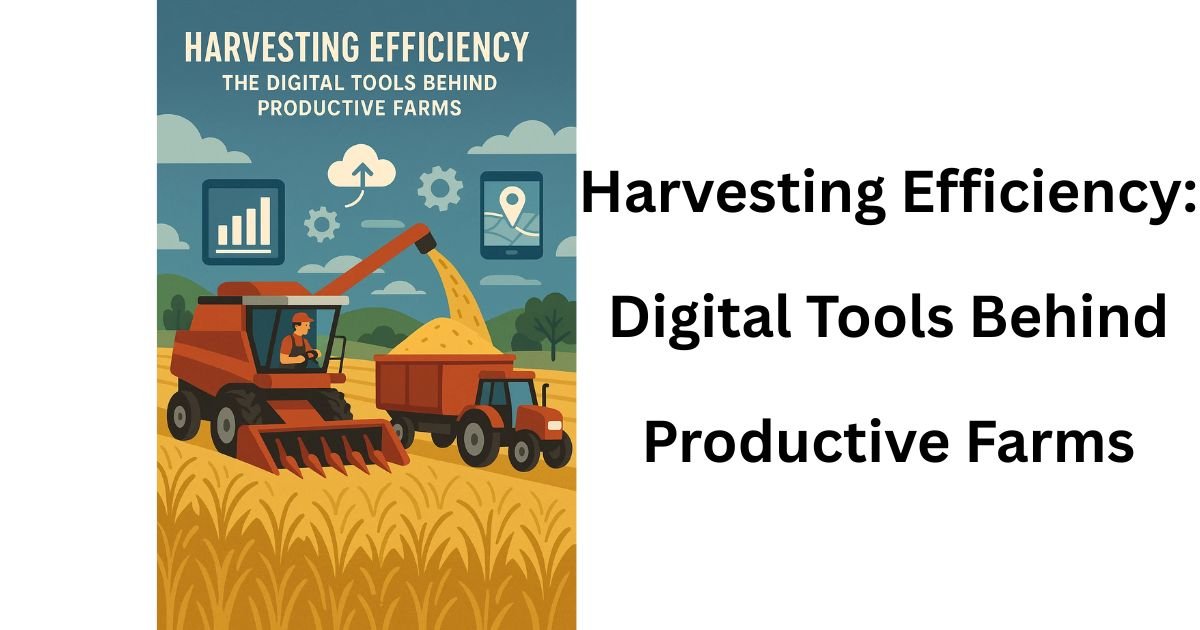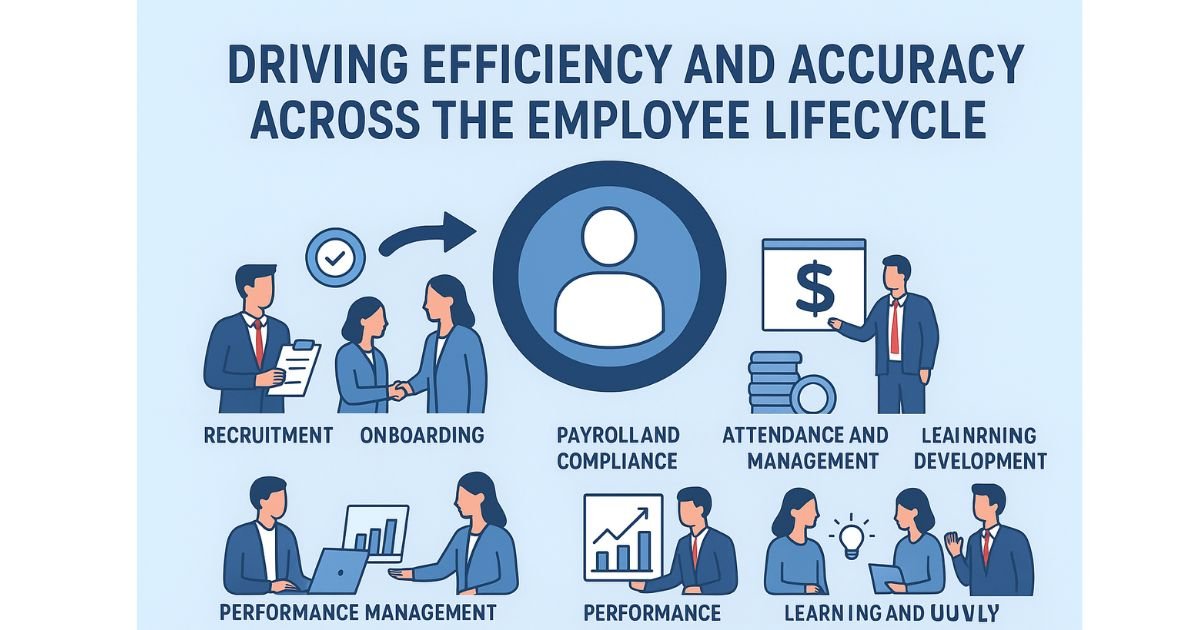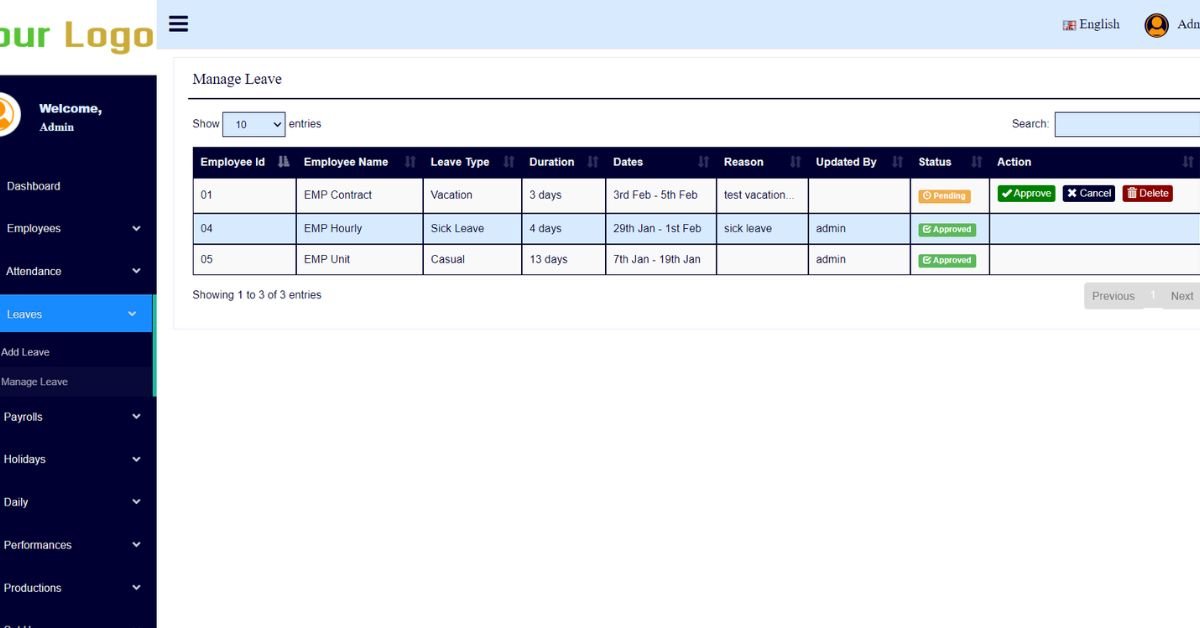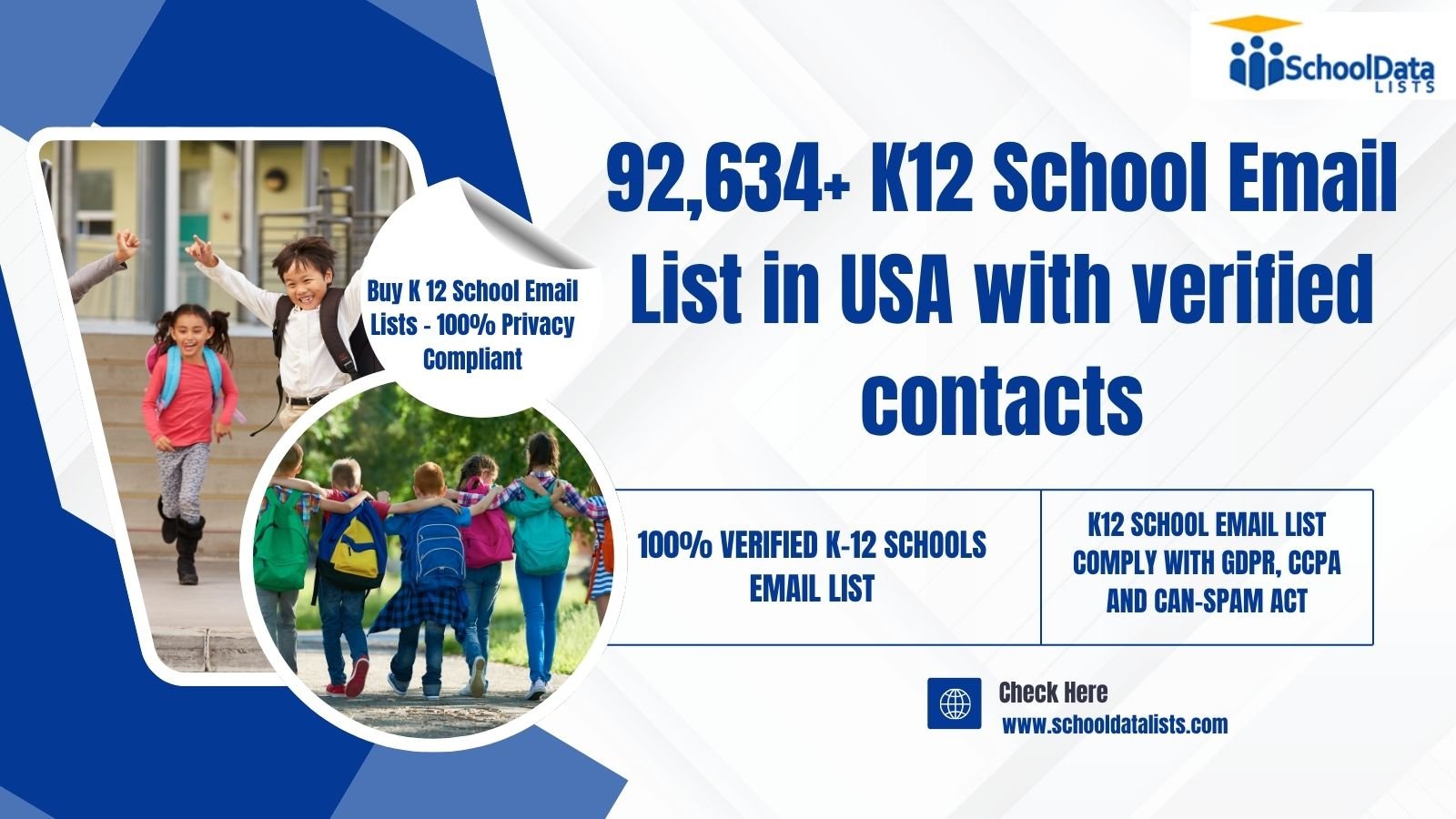Pharmacies are at the heart of healthcare delivery, bridging the gap between doctors and patients by ensuring timely access to medicines, counseling, and essential healthcare services. However, like any busy healthcare setting, pharmacies often face workflow bottlenecks that reduce efficiency, increase errors, and negatively impact patient satisfaction. Identifying these bottlenecks is the first step toward creating smoother operations, better patient outcomes, and a more sustainable business model.
In this article, we will explore the most common pharmacy workflow bottlenecks and discuss why they occur, as well as how they can be managed effectively.
1. Prescription Intake and Verification Delays
One of the biggest challenges in a pharmacy workflow is managing prescription intake. Pharmacies often receive prescriptions through multiple channels—walk-ins, fax, electronic prescriptions, and phone calls. This influx of requests can overwhelm the staff, especially during peak hours.
Verification adds another layer of complexity. Pharmacists must confirm prescription accuracy, dosage, potential drug interactions, and patient history. Delays in this stage often create a backlog, slowing down the entire workflow. Without adequate automation or streamlined intake processes, pharmacies may struggle to keep up, causing frustration for both patients and staff.
2. Insurance and Payment Issues
Insurance verification is another critical bottleneck. Every patient’s insurance plan comes with its own set of requirements, co-pays, and approval processes. Pharmacists and technicians often spend significant time contacting insurance companies to resolve claim rejections or prior authorizations.
When insurance-related issues take too long to resolve, prescriptions remain unfilled, leading to patient dissatisfaction. This step often feels like an administrative burden rather than a clinical one, but it cannot be avoided in modern pharmacy practice. Automating claim checks or using pharmacy management software can significantly reduce the time spent on these tasks.
3. Medication Stockouts and Inventory Management
Stock shortages are one of the most common bottlenecks in pharmacies. When a prescribed medication is out of stock, the pharmacist must either order it, suggest an alternative, or contact the physician for changes. This process delays dispensing and creates unnecessary frustration for patients.
Poor inventory management, lack of forecasting, or delays from suppliers can all contribute to stockouts. Pharmacies that rely solely on manual inventory checks are more prone to errors, which can affect both revenue and patient trust. Implementing a reliable Pharmacy Management Software with automated inventory features can help predict demand, track real-time stock levels, and reduce the risk of shortages.
4. Complicated Dispensing and Labeling Processes
Dispensing medication is one of the most important responsibilities in pharmacy practice. However, if this process is too manual or lacks standardization, it becomes a bottleneck. Each prescription requires multiple steps: counting pills, measuring liquids, printing labels, double-checking details, and providing patient instructions.
Errors in labeling or dosage verification can have serious consequences, so pharmacists must double-check everything. While accuracy is critical, this constant verification can slow down the workflow. Introducing barcode scanning, automated dispensing machines, and digital verification systems can help reduce bottlenecks while maintaining accuracy.
5. Patient Counseling and Consultation Time
While patient counseling is an essential part of pharmacy care, it can sometimes contribute to workflow bottlenecks. Patients often have detailed questions about side effects, dosage timing, or drug interactions. While these conversations improve health outcomes, they take up valuable time during busy hours.
If there is only one pharmacist available, counseling may slow down other processes like prescription verification or medication dispensing. Balancing patient education with operational efficiency is key. Some pharmacies now provide printed or digital medication guides to supplement verbal counseling, helping streamline this step without compromising patient care.
6. Inefficient Communication Among Staff
In many pharmacies, poor communication between pharmacists, technicians, and support staff causes unnecessary delays. If prescription details are unclear or tasks are not assigned properly, staff may duplicate efforts or miss critical steps. Miscommunication also occurs between pharmacies and physicians, particularly when clarifying prescriptions.
To avoid this, pharmacies should establish clear communication protocols, implement task management systems, and adopt real-time digital messaging tools that reduce reliance on phone calls and handwritten notes.
7. High Administrative Workload
Pharmacists often juggle both clinical responsibilities and administrative tasks, including paperwork, insurance claims, compliance documentation, and audits. This administrative burden takes time away from direct patient care and creates bottlenecks during peak dispensing hours.
Automating repetitive administrative tasks through pharmacy management software, outsourcing certain processes, or delegating responsibilities to trained technicians can help reduce the workload on pharmacists and improve workflow efficiency.
8. Limited Staffing and Training Gaps
Staff shortages are a common bottleneck across the healthcare industry, and pharmacies are no exception. A lack of trained technicians or support staff increases the workload on pharmacists, leading to longer wait times and reduced efficiency.
Additionally, gaps in training can slow down processes, as inexperienced staff may take longer to complete tasks or make mistakes that require correction. Investing in continuous training, cross-training employees, and adjusting staffing levels in response to demand are effective ways to prevent bottlenecks.
9. Technology Integration Issues
While technology can solve many workflow challenges, poor integration often creates new problems. If systems like electronic prescriptions, insurance verification, and inventory management do not communicate with each other, pharmacists may need to enter data multiple times.
This duplication of work wastes valuable time and increases the risk of human error. Pharmacies need well-integrated software solutions that provide a single, unified platform for managing all tasks seamlessly.
10. Peak-Hour Overcrowding
Finally, peak-hour demand, often during mornings, evenings, or weekends, creates unavoidable bottlenecks. When many patients arrive at once, the workflow slows down regardless of how efficient the system is.
Pharmacies can address this by staggering staff schedules, offering delivery services, or encouraging patients to use online prescription refills to reduce in-person congestion.
Conclusion
Pharmacy workflow bottlenecks can negatively affect efficiency, accuracy, and patient satisfaction. From prescription intake delays and insurance issues to inventory challenges and staffing shortages, each bottleneck requires targeted strategies for resolution.
The key lies in identifying weak points, adopting technology-driven solutions like E Prescription Software, training staff effectively, and streamlining communication. By addressing these common bottlenecks, pharmacies can not only improve their operational efficiency but also enhance patient care, reduce errors, and build stronger trust with their communities.













Leave a Reply